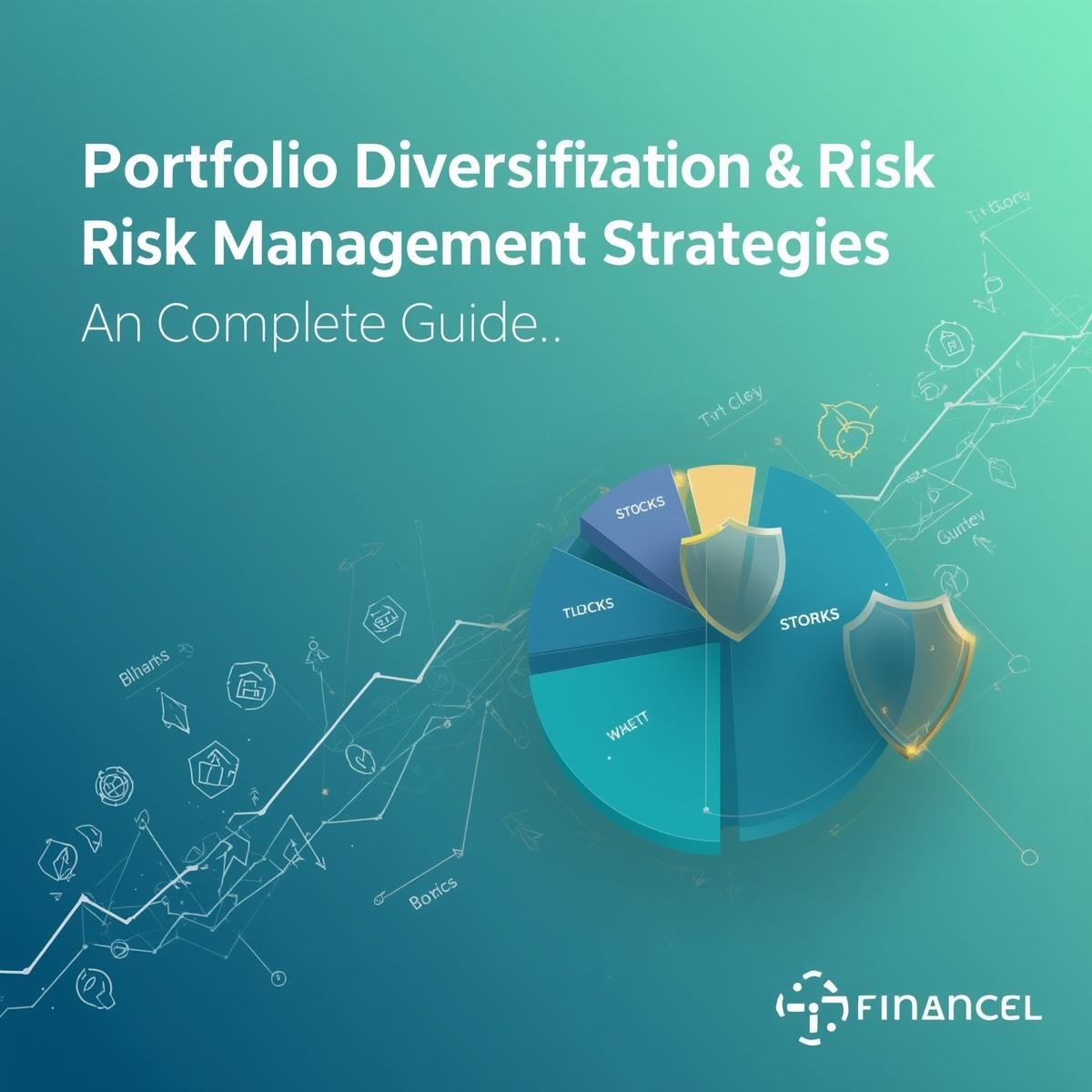Introduction
In today’s unpredictable financial markets, portfolio
diversification and risk management are essential for every investor.
Whether you’re a beginner or a seasoned investor, spreading investments across
different asset classes helps reduce risk exposure and ensures long-term
stability. Effective risk management strategies safeguard your capital and
enhance the potential for consistent returns.
What Is Portfolio Diversification?
Portfolio diversification is the practice of investing in a
variety of assets, sectors, or markets to reduce the impact of a single
underperforming investment. The idea is simple: don’t put all your eggs
in one basket.
Key Benefits of Diversification:
- Reduces
investment risk by balancing losses and gains
- Provides
stability in volatile markets
- Enhances
long-term returns through asset allocation
- Protects
against market downturns in specific sectors
Risk Management in Investments
Risk management involves identifying, assessing, and
minimizing financial risks. A strong risk management strategy ensures you don’t
lose more than you can afford.
Types of Investment Risks:
- Market
Risk – Fluctuations in stock, bond, or commodity prices
- Inflation
Risk – Declining purchasing power of money over time
- Interest
Rate Risk – Impact of rising or falling interest rates
- Liquidity
Risk – Difficulty in selling assets quickly
- Credit
Risk – Default by borrowers in debt investments
Best Strategies for Portfolio Diversification & Risk
Management
1. Asset Allocation
Distribute investments across stocks, bonds, real estate,
mutual funds, gold, and other alternatives.
2. Geographical Diversification
Invest in both domestic and international markets to hedge
against country-specific risks.
3. Sector & Industry Diversification
Spread investments across different industries like IT,
healthcare, finance, energy, and FMCG.
4. Regular Portfolio Rebalancing
Review and adjust your portfolio periodically to maintain
desired asset allocation.
5. Use of Hedging Instruments
Options, futures, and ETFs can be used to hedge against
market volatility.
6. Emergency Fund Allocation
Maintain a portion of your portfolio in liquid assets for
financial security during downturns.
Practical Tips for Investors
- Define
your risk tolerance before investing
- Avoid
emotional decision-making during market volatility
- Invest
for the long term, not short-term speculation
- Seek
professional advice when necessary
Conclusion
A well-diversified portfolio with strong risk management
strategies is the foundation of successful investing. By spreading investments
across assets, markets, and sectors, you can protect your capital while
creating opportunities for growth. Remember, diversification doesn’t eliminate
risk entirely—but it significantly reduces its impact.



